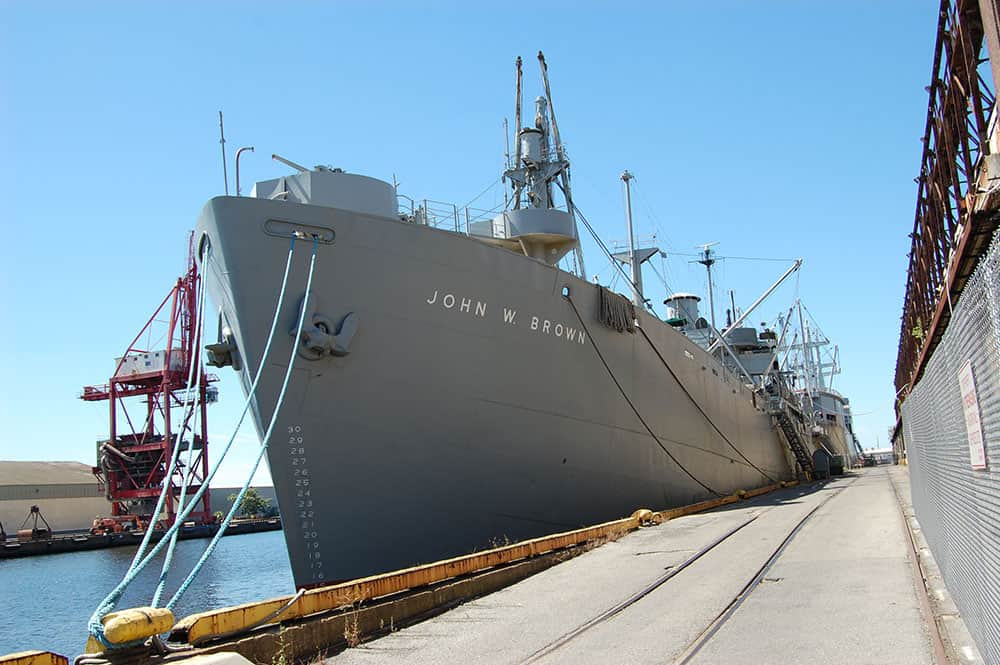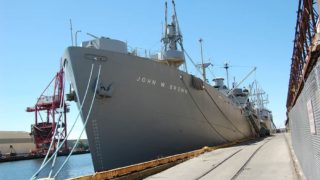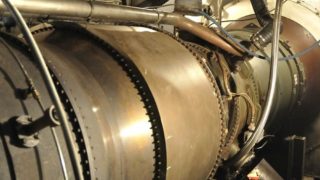Posted on March 17, 2016
If you’re a shipbuilder, you’ve probably heard that Victaulic grooved mechanical pipe-joining systems can offer huge advantages in time and cost savings, helping you build, test, commission and turn over ships faster. Other features of grooved piping systems such as space and weight savings, long-term reliability and ease of maintenance are also essential for retrofits and repairs. But onboard piping systems must also hold up under extraordinary stresses unique to the maritime world.
Shipbuilders had questions: Could our couplings hold up under these stresses? To find out, we decided to put the Victaulic Style 07 Zero-Flex rigid pipe coupling and the Style 77 Flexible pipe coupling through a military-grade shock load test.
Conducted by an independent testing facility, the test followed the protocol set out in MIL-S-901D (U.S. Navy), which simulates high-impact shock load conditions that could adversely affect machines, equipment, systems and structures aboard Naval vessels under what can be considered “extreme combat forces.”
In the test, Victaulic couplings were subjected to forces of 120 to 200 g’s delivered in nine impacts by a 3,000-pound (1,361 kg) hammer with the test assembly set up in three different orientations. After each hammer impact, the test was paused so the assembly could be visually inspected for any signs of leakage, deformation or abnormalities. The results were excellent.
No damage was found to our couplings, even with X-ray examination. In addition, their joint restraining performance was maintained throughout the tests, with internal hydrostatic pressure verified at 348 psi (1.5 times the working pressure rating of 232 psi).
In sum, the results found our test samples not only to be in excellent condition but also suitable for re-use.
Bottom line: Both the Style 07 and Style 77 couplings emerged undamaged from military-grade shock load testing. Throughout the tests, both maintained joint restraining and pressure holding performance, demonstrating their durability and reliability in extreme conditions. This is good news for naval vessels that need to be prepared for the extreme forces of combat conditions, but even greater news for commercial ships that typically experience less extreme forces.
Read the full MIL-S-901D white paper to learn more about the testing.



